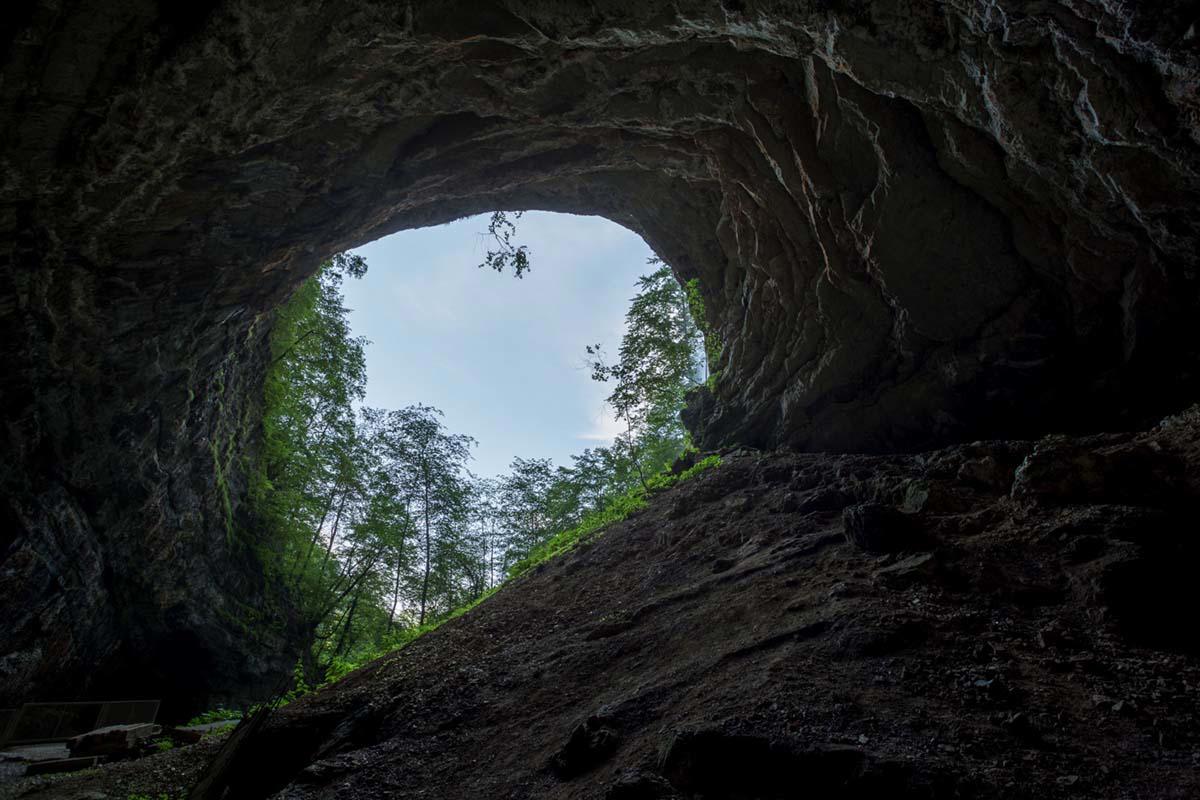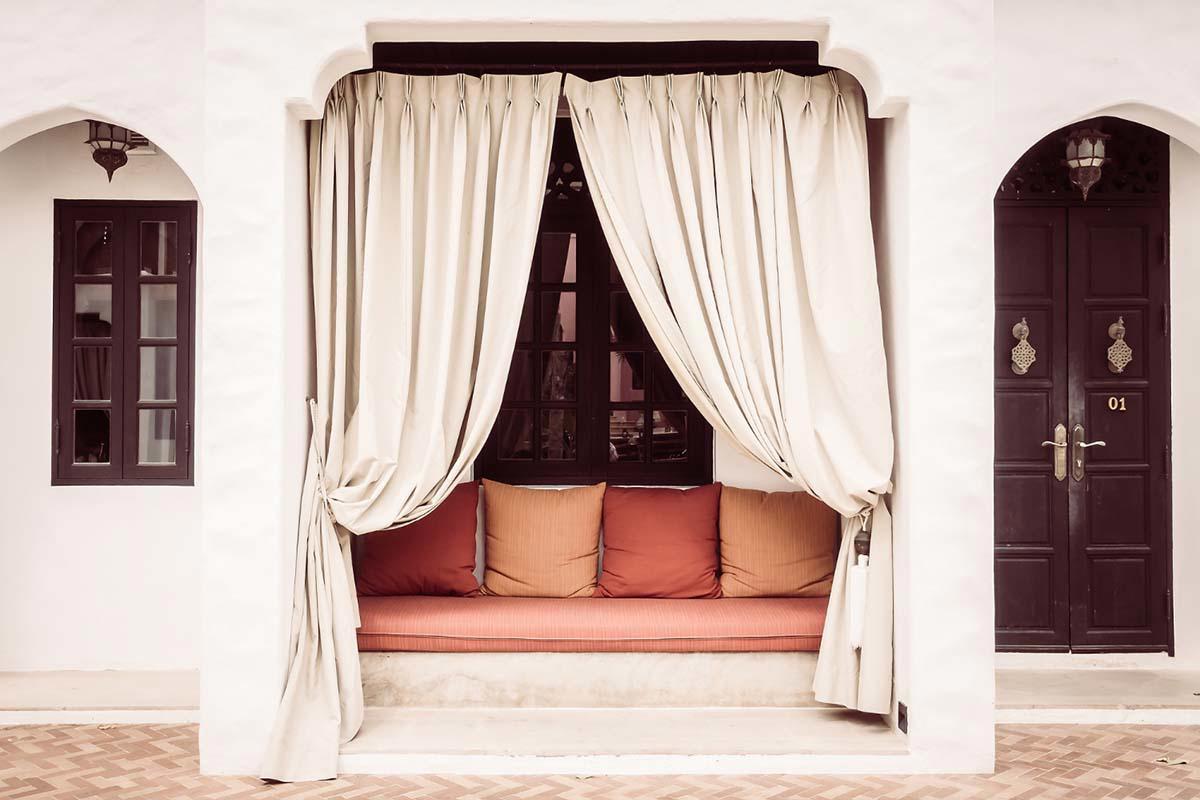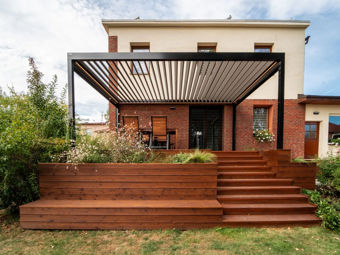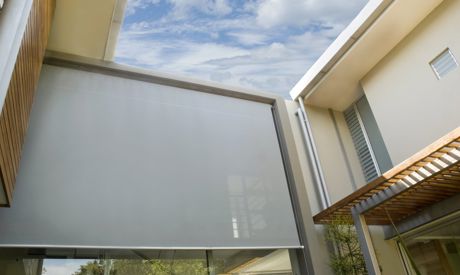Prehistory: When the cave was the best roller shutter
At the beginning of time, shading was as simple as living in nature. People sought shelter from the cold and various weather conditions in nature - in caves, under rocky overhangs or in the shade of trees. When they started building their first simple shelters, they used leather, branches and leaves to protect themselves from the sun and rain.

Today's alternative: You can simulate prehistoric shading with a terrace awning or screen roller shutters. Unlike ancient times, however, up-to-date materials allow for effortless remote control, protect against UV radiation and also allow you to precisely regulate the amount of light.
Ancient times: Luxurious shading in the style of Egypt and Rome
The ancient Egyptians knew that in hot climates it was necessary to expose their bodies to the sun as little as possible. That is why they built houses with small windows and thick clay walls that kept their dwellings cool. On terraces and in gardens they used linen canopies – an antecedent of today's fabric awnings. In Egypt, we also have evidence of the first garden with a pergola, dating back to around 1,400 BC.
The Greeks and Romans took shading to a new upgraded level. Public spaces and theatres were often sheltered with fabric curtains, and if they wanted to enjoy a pleasant exterior seating area, they took a shelter in the colonnade surrounding the interior courtyard. And in the Colosseum? There, a giant “velarium” stretched over thousands of spectators, i.e. large canvas awning controlled by ropes. Pergolas were also common, originally used as support structures for growing grapevine. They often served as a place for meetings and philosophical discussions.

Today's alternative: Pergolas have come a long way in any case. But they have one thing in common with the former structures which were grown through with vines: they create a pleasant outdoor space protected from the scorching sun. Only instead of ropes and slaves, we use motor drives and remote controls now.
How far have we come?
New materials of shelter fabrics and structures, electrical control, connection to smart homes. Today's outdoor shading options are almost endless and can be customized to fit your needs.
The principle of shading is as old as humanity itself. Instead of branches, leather, and canvas, we've moved on to durable fabrics, aluminium, and electronics.





